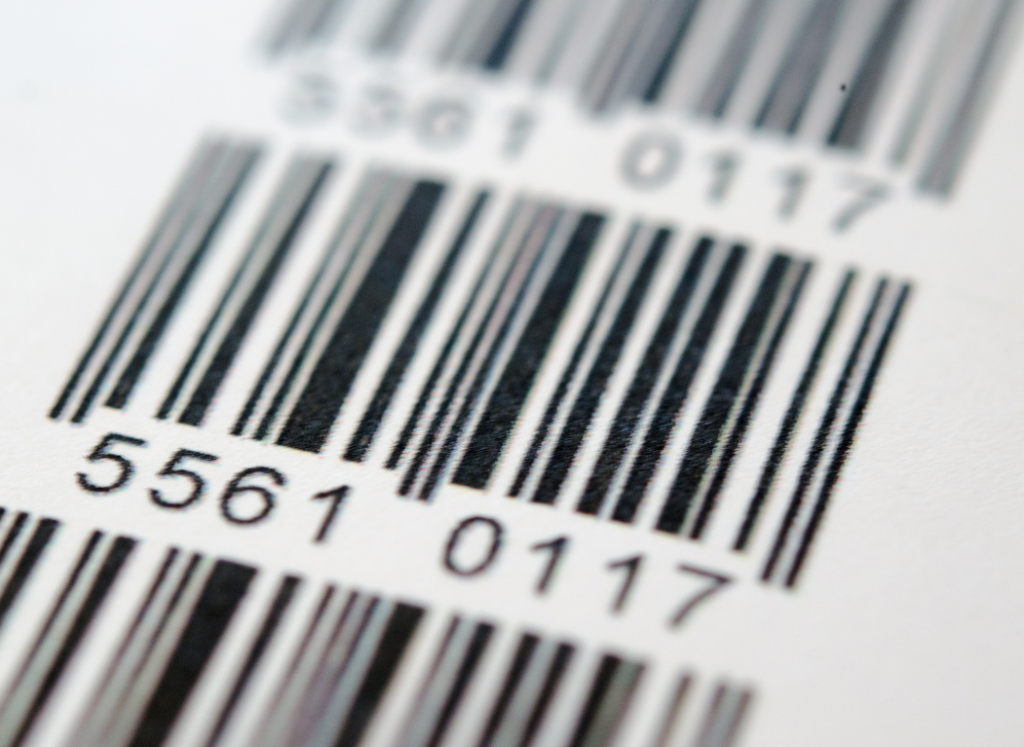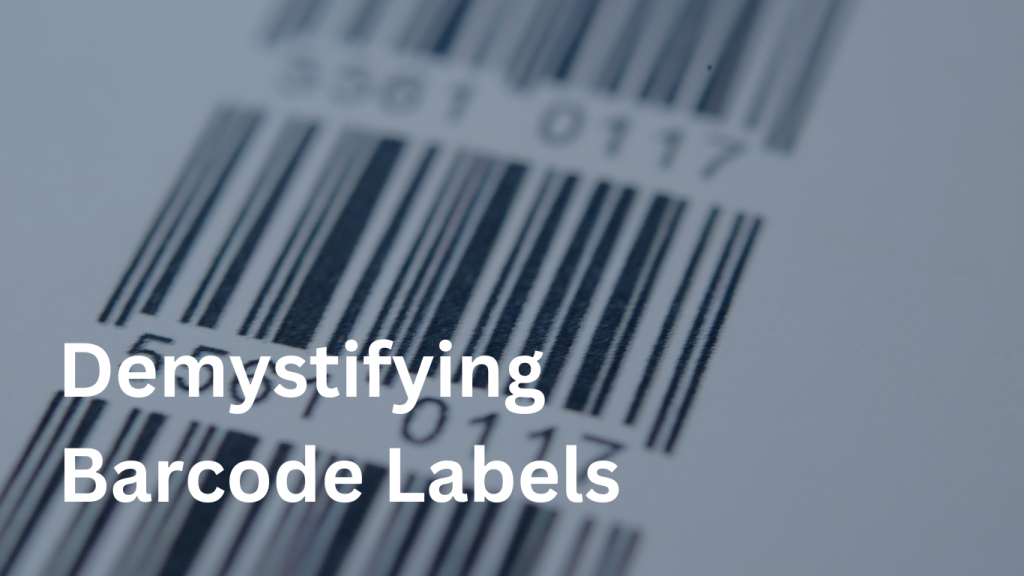Put A Label On It
Maximize Your Labeling Solutions
In the vast landscape of products, inventory, and information, labels play a crucial role. From barcodes to branding, the act of putting a label on something extends far beyond merely applying a sticker. By strategically maximizing their labels, companies can harness all the capabilities these investments have to offer. From providing crucial information on products to conveying brand identity, labels can serve your company for a multitude of enhanced functions.

Brand Identity
Beyond a simple mark of identification, labels are often a company’s first means of communication with prospective customers. In today’s consumer-oriented world, where visuals play a significant role in the overall consumer experience, a visually captivating label can be a decisive factor in the competitive business arena. The aesthetics of labeling include design, color, and typography, all contributing to brand recognition and consumer satisfaction. Attractive labels contribute to a positive customer experience, which increases satisfaction rates by 20% but is also correlated with a notable boost in sales conversion rates by 10-15% (Personalizing the Customer Experience, 2020).
Streamlining Enterprises Shift gears to another common use of labels: barcodes. Being a relatively new invention, barcodes were created in 1952, and first used to track railroad carts. Since then, these seemingly simple patterns of lines have made a significant impact on the market’s supply chain and customer experience. Enterprises utilize the latest barcode innovations such as QR codes and RFID chips for tracking, inventory management, interactive experiences, and more.
Compliance and Safety
 From warnings to patient identification, labels are vital to the operation of many industries. According to a study by the U.S. Consumer Product Safety Commission (CPSC), properly designed and placed warning labels can significantly reduce the likelihood of accidents, emphasizing the importance of clear and effective communication on products. Moreover, warnings on products are guided by regulatory standards. For instance, the Occupational Safety and Health Administration (OSHA) sets guidelines for workplace hazard communication, necessitating caution labels for hazardous substances to ensure worker safety.
From warnings to patient identification, labels are vital to the operation of many industries. According to a study by the U.S. Consumer Product Safety Commission (CPSC), properly designed and placed warning labels can significantly reduce the likelihood of accidents, emphasizing the importance of clear and effective communication on products. Moreover, warnings on products are guided by regulatory standards. For instance, the Occupational Safety and Health Administration (OSHA) sets guidelines for workplace hazard communication, necessitating caution labels for hazardous substances to ensure worker safety.
In the pharmaceutical industry, medication labels are vital for conveying dosage instructions, potential side effects, and other critical information. Studies show that clear and comprehensible medication labels contribute to better patient understanding and adherence for prescriptions, underscoring the significance of accurate and well-designed labels in the healthcare sector.
There are limitless possibilities of putting a label on things in the age of digitization. As you explore a few of the possible uses for labels, one thing becomes clear: labels are essential to today’s market. Whether it’s a barcode for inventory management or a meticulously designed brand label, the market needs labels. So, the next time you put a label on something, remember that you’re not just tagging it; you’re enhancing a company.
Featured Articles
In today’s fast-paced world of retail and logistics, barcode labels have become an indispensable tool. Found on nearly every item we purchase, barcode labels hold a wealth of information encoded in a series of lines and numbers.
But what do the random lines mean? Demystify the inner workings of barcodes.


